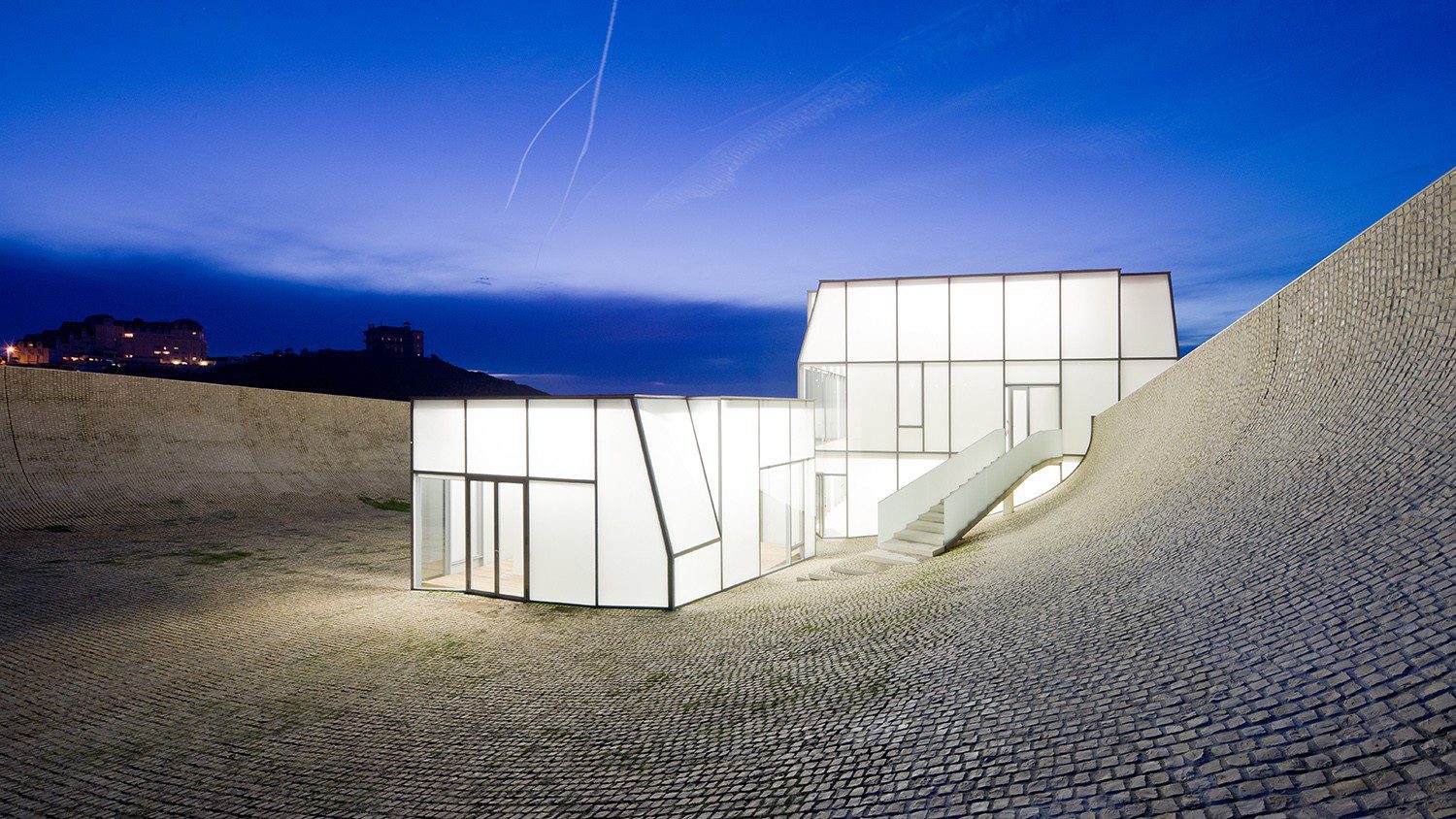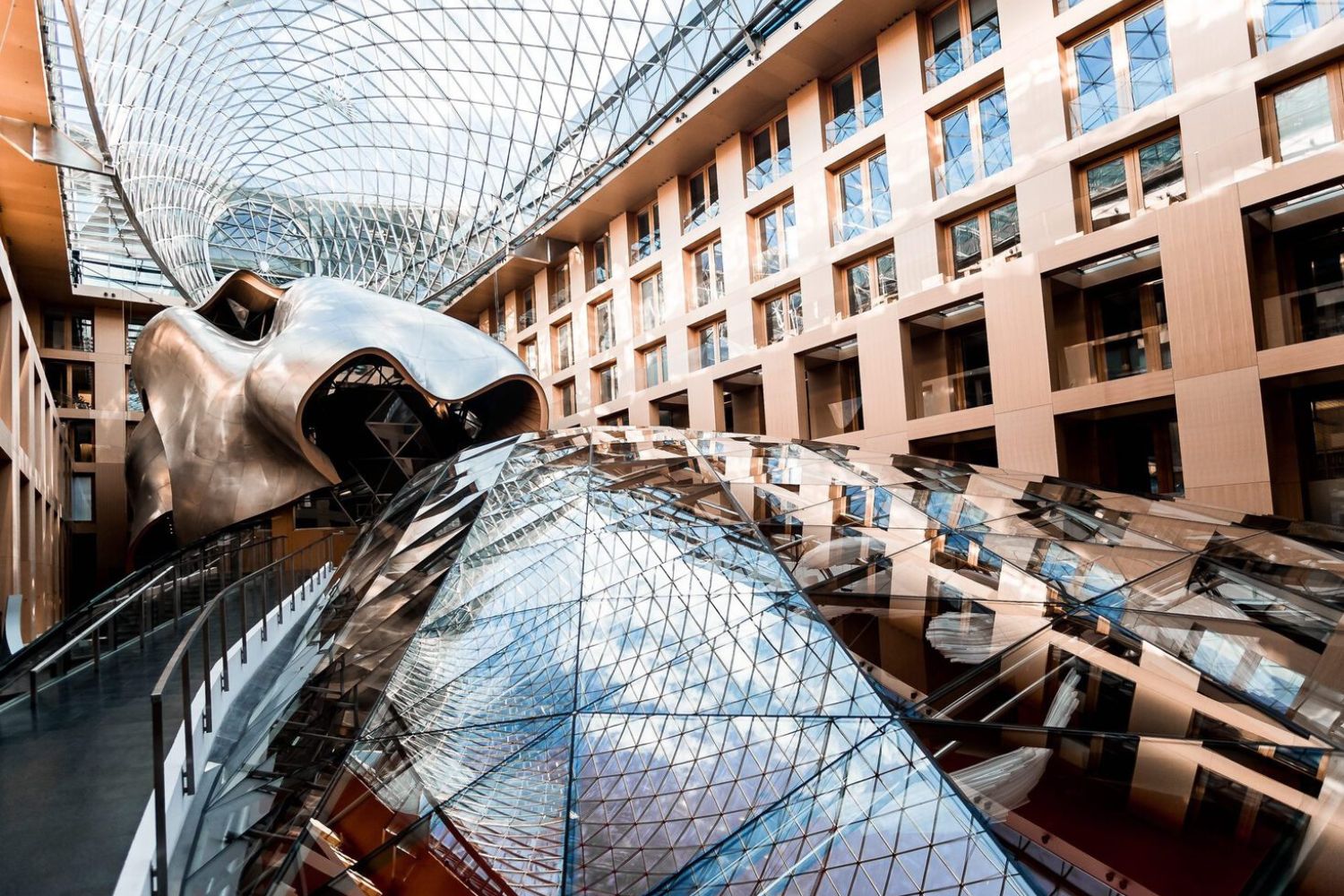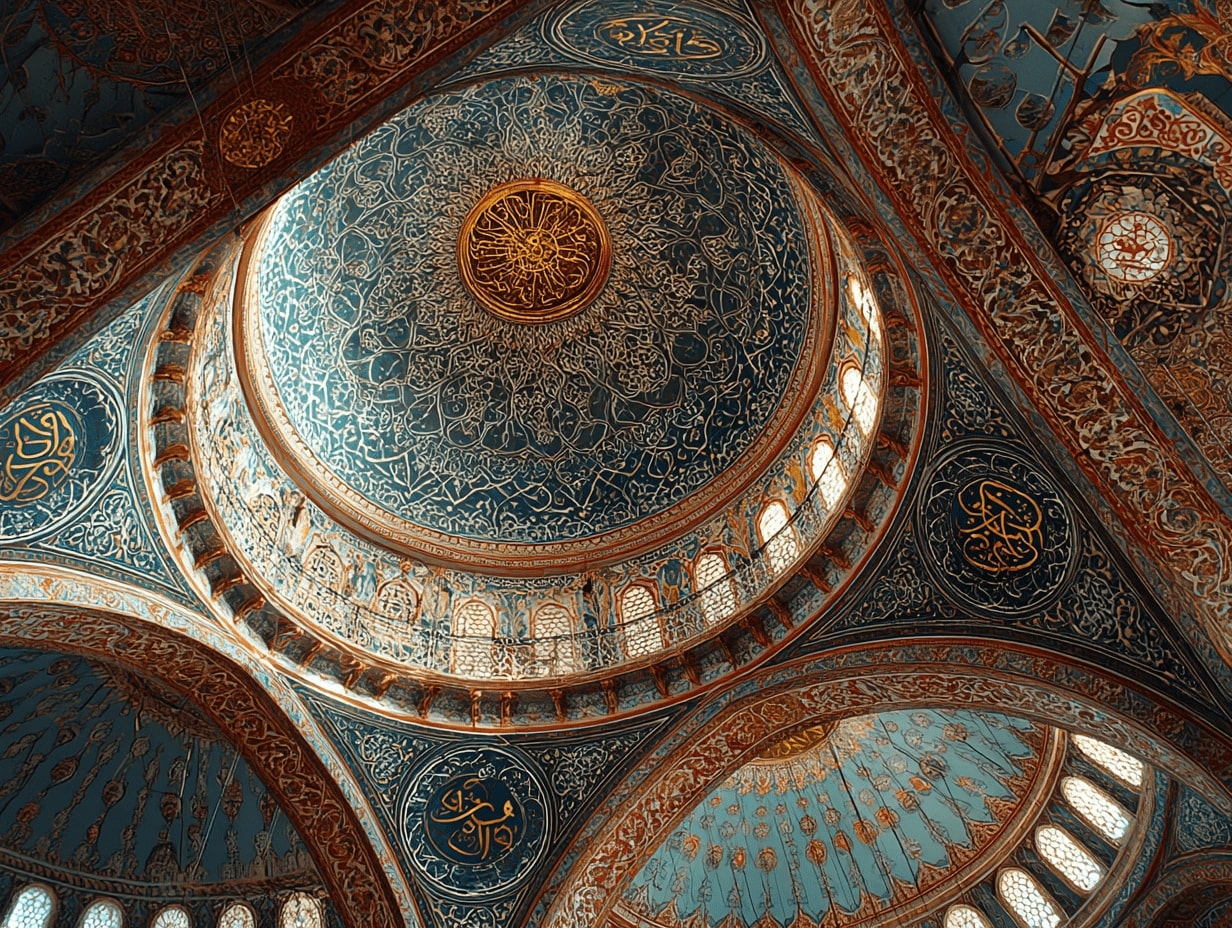- Home
- Articles
- Architectural Portfolio
- Architectral Presentation
- Inspirational Stories
- Architecture News
- Visualization
- BIM Industry
- Facade Design
- Parametric Design
- Career
- Landscape Architecture
- Construction
- Artificial Intelligence
- Sketching
- Design Softwares
- Diagrams
- Writing
- Architectural Tips
- Sustainability
- Courses
- Concept
- Technology
- History & Heritage
- Future of Architecture
- Guides & How-To
- Art & Culture
- Projects
- Interior Design
- Competitions
- Jobs
- Store
- Tools
- More
- Home
- Articles
- Architectural Portfolio
- Architectral Presentation
- Inspirational Stories
- Architecture News
- Visualization
- BIM Industry
- Facade Design
- Parametric Design
- Career
- Landscape Architecture
- Construction
- Artificial Intelligence
- Sketching
- Design Softwares
- Diagrams
- Writing
- Architectural Tips
- Sustainability
- Courses
- Concept
- Technology
- History & Heritage
- Future of Architecture
- Guides & How-To
- Art & Culture
- Projects
- Interior Design
- Competitions
- Jobs
- Store
- Tools
- More
Steven Holl: Redefining Architecture with Light, Space, and Sustainable Design
Discover the visionary work of Steven Holl, an architect blending innovation, emotion, and sustainability. From iconic designs like the Bloch Building to eco-conscious projects like the Linked Hybrid complex, explore how Holl redefines architecture, creating spaces that inspire intellect, evoke emotion, and harmonize with nature.

When we think about architecture that seamlessly blends innovation with emotion, Steven Holl is a name that stands out. As one of the most influential architects of our time, his work challenges conventions and redefines how we experience space. From light-filled museums to dynamic urban designs, Holl’s creations are as thought-provoking as they are visually stunning.
What sets Holl apart is his ability to merge art, science, and philosophy into his designs. He doesn’t just build structures; he crafts spaces that tell stories and evoke feelings. His approach reminds us that architecture isn’t just about function—it’s about creating meaningful connections between people and their environment.
Table of Contents
ToggleWho Is Steven Holl?
Steven Holl is an internationally acclaimed architect known for his innovative and human-centered approach to design. Born on December 9, 1947, in Bremerton, Washington, he studied architecture at the University of Washington and later at the Architectural Association School of Architecture in London. His career spans decades, marked by a focus on integrating light, materiality, and spatial experiences into his projects.
Holl established Steven Holl Architects in New York City in 1976. The firm has completed numerous groundbreaking projects such as the Nelson-Atkins Museum of Art’s Bloch Building in Kansas City and the Simmons Hall at MIT in Cambridge. His designs often incorporate phenomenological principles, emphasizing the sensory and experiential aspects of architecture.
Awarded the AIA Gold Medal in 2012, Holl has been widely recognized for his contributions to contemporary architecture. His books, including “Anchoring” and “Parallax,” detail his theories and design philosophy, providing insight into his artistic process.

Signature Architectural Style
Steven Holl’s architectural style is defined by his ability to craft spaces that inspire both intellect and emotion. His designs fuse light, materiality, and environment, resulting in structures that transcend traditional architectural boundaries.
Use Of Light And Space
Holl masterfully manipulates light and space to evoke sensory experiences. He employs natural light as a design element, using it to shape spatial dynamics and create visual transformations throughout the day. Projects like the Chapel of St. Ignatius in Seattle demonstrate this technique, where translucent planes channel varying intensities of light to define interior volumes. Holl’s spatial compositions often embrace asymmetry and layering, fostering a sense of discovery within the built environment.
Integration With Nature
Holl prioritizes harmonious connections between architecture and its surroundings. His designs often integrate site-specific elements like topography, vegetation, and water features. The Linked Hybrid complex in Beijing illustrates this philosophy, incorporating courtyards, green roofs, and interconnected walkways to encourage fluid interaction with nature. Subtle adaptations ensure that buildings complement, rather than dominate, their landscapes.
Innovative Materials And Techniques
Holl incorporates innovative materials and advanced techniques to reinforce his design intentions. He experiments with textures, finishes, and construction methods to achieve unique tactile and visual effects. For example, the Bloch Building at the Nelson-Atkins Museum employs translucent glass panels to create a luminous presence at night. In many projects, Holl melds traditional craftsmanship with modern technology, enhancing durability while preserving architectural artistry.

Notable Projects By Steven Holl
Steven Holl’s architectural portfolio includes groundbreaking projects that showcase his mastery of light, materials, and spatial innovation. These projects redefine interactions between built environments and their surroundings.
Kiasma Museum Of Contemporary Art
The Kiasma Museum of Contemporary Art in Helsinki, completed in 1998, exemplifies Holl’s exploration of light and form. The design incorporates curved walls and apertures that guide natural light into the interior, creating dynamic spatial experiences. Its name, derived from the Greek word “chiasma,” reflects the intersecting planes and layers within the building, enhancing its narrative. The structure seamlessly integrates with the urban fabric while maintaining harmony with the surrounding cityscape.
The Nelson-Atkins Museum Of Art Expansion
Holl’s 2007 expansion of the Nelson-Atkins Museum of Art in Kansas City, known as the Bloch Building, merges translucent glass and innovative structural elements. This series of glowing, glass-enclosed pavilions blends seamlessly into the existing landscape, providing a striking contrast to the original neoclassical building. At night, the structure emanates a soft, ethereal glow, engaging visitors both visually and experientially. The project demonstrates Holl’s ability to unite art, architecture, and nature in a single coherent vision.

MIT Simmons Hall
Simmons Hall at MIT, completed in 2002, reflects Holl’s commitment to designing spaces that inspire creativity and engagement. Dubbed the “sponge” for its perforated façade of 5,500 square openings, the building maximizes light infiltration and air circulation. Interior spaces emphasize flexibility and community, with multi-level common areas encouraging interaction. The project integrates innovative use of materials and modular design, amplifying both functionality and aesthetic expression.
Linked Hybrid Building
The Linked Hybrid complex in Beijing, completed in 2009, combines sustainable design with urban connectivity. This mixed-use development features eight interconnected towers linked by elevated walkways, creating a network of public spaces above ground level. The project prioritizes ecological principles with geothermal heating and cooling systems, reducing its environmental impact. The use of color, transparency, and flowing form underscores Holl’s focus on fostering communal and visual harmony within dense urban settings.

Awards And Recognitions
Steven Holl has received numerous prestigious architecture awards and honors, reflecting his influence on contemporary architecture. In 2012, he was awarded the American Institute of Architects (AIA) Gold Medal, the organization’s highest honor, recognizing his profound architectural contributions and body of work. The RIBA Jencks Award in 2010 celebrated his capacity to combine theory and practice in architecture.
Holl also received the Alvar Aalto Medal in 1998, a distinction given to architects who embody Alvar Aalto’s principles of humanist architecture. He earned the Smithsonian Institution’s Cooper Hewitt National Design Award in Architecture in 2002, highlighting his innovative approach to design.
His project awards include the New York AIA Chapter’s highest recognition, the President’s Award in 2001, for the Chapel of St. Ignatius, and the 2007 Mies van der Rohe Award for the Linked Hybrid complex in Beijing. Several of his works, including the Bloch Building and Kiasma Museum, have garnered critical acclaim for their groundbreaking designs.
Through these recognitions, Holl’s contributions to architecture and design continue to set benchmarks globally.

Influence On Modern Architecture
Steven Holl’s innovative approach has reshaped modern architectural principles, emphasizing the integration of light, material, and spatial experience. His designs transcend conventional frameworks, inspiring a new generation of architects to view architecture as an art form that evokes emotion and intellectual engagement.
We observe Holl’s use of phenomenology as a key influence on contemporary architecture. By prioritizing sensory experiences, he shifts focus from functionality to how individuals interact with and feel within spaces. Projects like the Chapel of St. Ignatius highlight this methodology, where light becomes a tactile element, guiding perception and enhancing spatial narrative.
Holl’s integration of sustainable practices has also set benchmarks in urban design. The Linked Hybrid complex in Beijing exemplifies eco-centric innovation, with geothermal wells, green roofs, and integrated public connectivity fostering harmony between built environments and nature. Such projects illustrate how sustainability can coexist with cutting-edge design.
His influence extends to structural expressionism, encouraging openness to materials and construction techniques that challenge traditional norms. The Bloch Building at the Nelson-Atkins Museum demonstrates this, utilizing translucent glass materials to redefine how museums can engage visitors visually and experientially.
Publications such as “Anchoring” further amplify Holl’s impact on architectural dialogue, providing frameworks and theories that continue to shape the field. Aspiring architects and professionals alike study his works for their experimental yet profound reexamination of form, function, and narrative in architecture.
Conclusion
Steven Holl’s work represents a profound integration of art, philosophy, and innovative technology within the field of architecture. By fusing light, materiality, and spatial experience, he consistently creates designs that are both visually impactful and emotionally resonant. His emphasis on sustainability and harmonious site integration confirms his role as a pioneer in eco-conscious architectural practices. Through iconic projects like the Linked Hybrid complex, the Bloch Building, and the Chapel of St. Ignatius, Holl redefines the potential of architectural expression.
With a legacy enriched by numerous accolades, including the AIA Gold Medal and the Mies van der Rohe Award, his influence extends beyond completed works to his written theories in books like “Anchoring.” These contributions continue to shape architectural thought, encouraging innovation and inspiring generations to prioritize both human experience and environmental responsibility in design.
- Architectural Innovation
- architectural light use
- architecture and sustainability
- architecture with natural light
- contemporary architects
- Eco Friendly Architecture
- green building design
- Innovative Architectural Solutions
- innovative space design
- leading architects in sustainable design
- light in architectural design
- light-focused architectural design
- modern architecture trends
- modern design with light
- space manipulation in architecture
- space-based design principles
- Steven Holl architecture
- Steven Holl projects
- Steven Holl sustainable design
- sustainability in architecture
- sustainable architecture
- visionary architect
illustrarch is your daily dose of architecture. Leading community designed for all lovers of illustration and #drawing.
Submit your architectural projects
Follow these steps for submission your project. Submission FormLatest Posts
Furniture Movers by the Hour: Complete Guide to Hourly Moving Services in 2025
Introduction Furniture movers by the hour are professional moving services that charge...
Where To Charge Rivian: Complete Guide to Charging Locations and Networks
Introduction Rivian electric vehicle owners can charge their vehicles through multiple charging...
Frank Gehry Architecture: Style, Innovation and Iconic Works
Frank Gehry is one of the most influential architects of our time,...
The Dialogue Between Islamic Architecture and Modern Design
Explore Islamic architecture and modern design: climate-smart strategies, case studies, and courtyards,...












Leave a comment